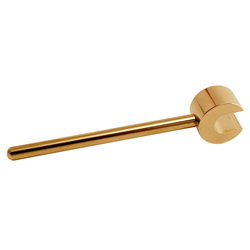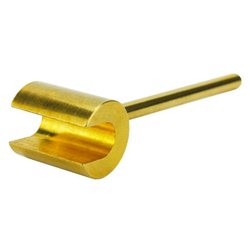There are a number of different options for attaching figures such as a horse and rider to a layout. Perhaps the...
Cart 0 Product Products (empty)
No products
Free shipping! Shipping
£ 0.00 Total
Product successfully added to your shopping cart
Quantity
Total
There are 0 items in your cart. There is 1 item in your cart.
Total products (tax incl.)
Total shipping (tax excl.) Free shipping!
Total (tax incl.)
Search Tips
How do I use a back to back gauge?
Using a back-to-back gauge for your model railway ensures that the wheels on your rolling stock are spaced correctly for reliable running on the track. Here’s how to use one:
Step-by-Step Guide
Understand the Gauge
A back-to-back gauge is a tool that measures the distance between the inner faces of the wheels on an axle. This distance is critical for smooth operation on points, crossings, and curves.Prepare Your Rolling Stock
- Place your rolling stock on a flat, stable surface or in a cradle to avoid damage.
- Ensure the wheels and axles are clean and free from debris.
Measure the Wheel Spacing
- Insert the back-to-back gauge between the wheels on the axle. The gauge should fit snugly without forcing it.
- If it slides in too easily or doesn’t fit, the spacing is incorrect.
Adjust the Wheels
- To correct the spacing, gently twist or push the wheels closer together or further apart on the axle. Use a wheel puller or a similar tool if required, especially for finer adjustments.
- Check frequently with the gauge until it fits perfectly.
Test on Track
- Once adjusted, test the rolling stock on a section of track, particularly on points and crossings, to confirm smooth operation.
Tips
- Always use a back-to-back gauge suited for your model railway's scale and track standard (e.g., OO gauge or N gauge).
- Regularly check all your rolling stock to prevent derailments and maintain smooth running.
- Consider investing in a high-quality gauge for accurate results.
Using a back-to-back gauge is a simple yet essential step for maintaining a reliable and enjoyable model railway.
Posted in: Troubleshooting
Click here to receive the tips weekly in your mailbox. You can unsubscribe at any time.










